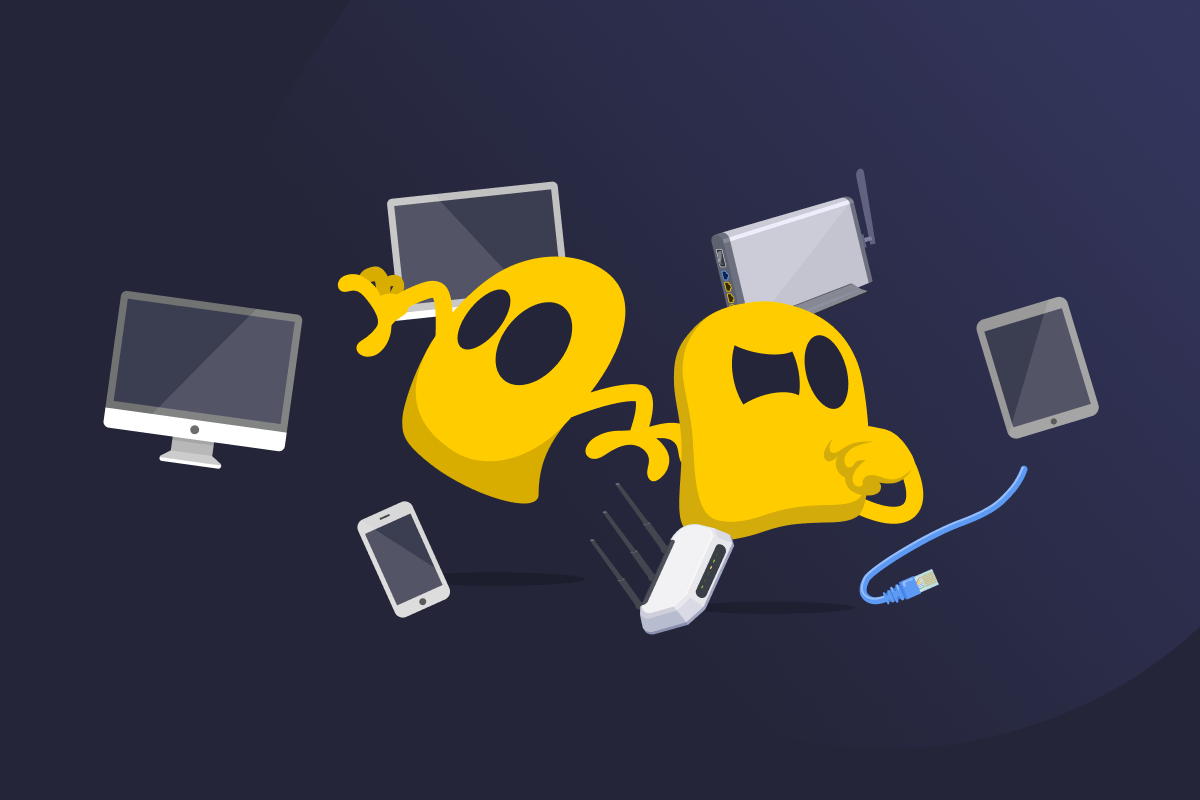Telecommunications Equipment

Telecommunications Equipment Definition
Telecommunications (or telecom) equipment is the range of physical devices that transmit, receive, and manage voice, video, and other kinds of communication data across networks. This equipment includes smartphones, routers, modems, antennas, cables, and other devices used to carry internet and call signals. You can find telecom equipment in homes, businesses, and across large networks like those used by mobile and internet providers.
Common Types of Telecom Equipment
1. Switching Equipment
Switching equipment plays a big part in how telecom and cellular networks operate. Whether you're using a landline, a mobile phone, or an internet-based service, switching systems control how calls, messages, and data move from one place to another across a network.
Common types of switching equipment include:
- Telephone switches: Devices that connect telephone calls across networks.
- Private Branch Exchange (PBX): Business phone systems that manage and direct internal and external calls.
- Softswitches: Software-based systems used by telecom providers to route voice calls over an IP network, especially in VoIP.
2. Transmission Equipment
Transmission equipment carries a signal over long distances using wired or wireless technology. Common types of transmission equipment include:
- Fiber optic cables: Use light to send large amounts of data quickly and reliably.
- Coaxial and Ethernet cables: Carry high-frequency signals that can transmit lots of data.
- Microwave antennas: Send signals wirelessly between buildings or towers.
- Satellite dishes: Provide communication links over very long distances, usually in remote areas.
3. Customer Premises Equipment (CPE)
Customer premises equipment (CPE) refers to devices located in homes or offices. These connect you to telecom services like the internet, phone, or private networks. Common types of CPE include:
- Smartphones: Use cellular networks and Wi-Fi for voice, text, and internet services.
- Modems: Connect homes or businesses to the internet through a service provider.
- Routers: Distribute internet connections to multiple devices in one location, using Wi-Fi or cables.
- VoIP phones: Let you make phone calls using the internet instead of traditional phone lines.
- Wi-Fi extenders: Improve wireless coverage in larger or multi-room spaces.
4. Networking Equipment
Networking equipment controls how data moves between devices and networks. It helps keep connections stable, organized, and secure. Common types of networking equipment include:
- Switches: Connect multiple devices on the same local network.
- Gateways: Bridge different networks, like linking a home network to the internet.
- Firewalls: Control the flow of traffic between networks and the internet, preventing unauthorized access and blocking harmful traffic.
Where Is Telecom Equipment Used?
- At home: Routers, modems, and Wi-Fi hubs connect personal devices to the internet.
- In offices: PBX systems, switches, and firewalls handle communication data and security.
- By service providers: Telecom companies use switches, cables, towers, and antennas to run mobile and internet networks.
- In remote areas: Satellites and microwave antennas provide access where cables can’t reach.
Choosing the Right Telecom Equipment
The key things you should focus on when choosing telecom equipment are:
- Primary use case: Pick the right equipment for your needs, whether it’s video calls, streaming, or browsing.
- Scalability opportunities: Ask yourself if you plan to add more devices or users later down the line, and choose equipment that can scale up without slowing you down. This helps avoid frequent replacements.
- Built-in security: Go for devices with good security features like strong encryption, secure logins, and automatic firmware updates to help protect you against threats.
- Compatibility with other devices: Check if the new equipment can work with your current setup, like your phones, laptops, and Smart TVs, without causing compatibility issues.
Read More
FAQ
A smartphone is one of the most widely used telecommunication devices. It provides you with voice calls, video chats, text messaging, and internet access all in one. Other examples include landlines, fax machines, walkie-talkies, and satellite phones. Each has a specific purpose, but they all share the core function of transmitting information across distances.
Telecoms is short for telecommunications. It refers to the systems, technologies, and industries involved in sending information (like voice calls, text, images, or other communication data) over long distances. This includes everything from traditional phone lines to internet services, mobile networks, and satellite communications.
A telecommunications device is any electronic tool for transmitting or receiving data over distances. This includes mobile phones, routers, modems, radios, and satellite dishes. Devices can be simple, like a walkie-talkie, or complex, like a fiber optic modem. If it helps people or systems communicate remotely, it's a telecom device.
Telecom gear is getting smarter and faster. 5G rolled out in 2019 to boost speed and reliability. Edge computing rolled out in 2018 and helped devices process data locally (closer to the source). Smart tools arrived in 2017 to spot and fix issues automatically. And since the 2010s, software has made networks easier to manage and scale.
Active telecom equipment refers to powered devices that manage, boost, or route a signal over a network. This includes broadband routers, switches, repeaters, and base stations. These devices actively create and maintain the communication paths that keep you connected, whether you're streaming a movie or joining a video call.

 45-Day Money-Back Guarantee
45-Day Money-Back Guarantee